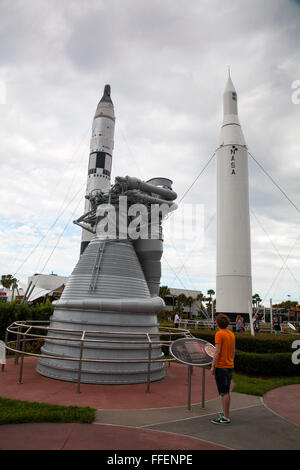
However, the changes the county experienced between 19 occurred faster and touched more people than those during any comparable period in the previous 119 years. Brevard County, in which the Space Center is located, became Florida's 25th county in March 1844. Her legacy, and that of the other early human computers, is literally written in the stars.The growing space program brought profound changes to the Florida coastal communities surrounding the Kennedy Space Center. She is currently working on NASA’s mission to Jupiter.
NASA FLORIDA HISTORY SOFTWARE
Now 80 and NASA’s longest-serving female employee, Sue Finley was originally hired in 1958 to work on trajectory computations for rocket launches and is now a software tester and subsystem engineer. One of the earliest human computers still works at JPL. A physicist, space scientist and mathematician, Johnson provided the calculations for Alan Shepherd’s historic first flight into space, John Glenn’s ground-breaking orbit of the earth and the trajectory for Apollo 11’s moon landing. Katherine Johnson- who was awarded the Presidential Medal of Freedom in 2015 by President Barack Obama-joined the team at Langley in 1953. That same year, Mary Jackson joined her team, working on the supersonic pressure tunnel project that tested data from wind tunnel and flight experiments. In 1951, Vaughan became the first African American manager at Langley and started, like her cohorts on the West coast, to hire women. Already having to ride in the colored section of a segregated bus, she was put to work in the “colored” computers section. US President Barack Obama presents the Presidential Medal of Freedom to NASA mathematician and physicist Katherine Johnson at the White House.Ī remarkable group of African American women, working at what would become NASA’s Langley Research Center in Virginia, were breaking down their own gender and racial barriers.
NASA FLORIDA HISTORY HOW TO
Taking advantage of the IBM computers at their disposal, and her supervisor’s encouragement to continue her education, Lawson was one of two people sent to a special IBM training school to learn how to operate and program the computers. Lawson was the first African American to work in a technical position in the JPL lab. Macie Roberts and Helen Ling were already working at JPL, actively recruiting young women to compute data and Lawson fit the bill.
NASA FLORIDA HISTORY CODE
She responded to a JPL job ad for “Computers Wanted” that specified “no degree necessary,” which she recognized as code for “women can apply.” While it would not be an engineering position, it would put her in a lab. They became attached to a specific IBM 1620, nicknaming her CORA and providing her with her own office.Īfter graduating in 1953 with a degree in chemical engineering from the University of California, Los Angeles, Janez Lawson had the grades, degree and intelligence to get any job she wanted. It comes as no surprise then that the first computer programmers in the JPL lab were women. Dismissing computer programming as “women’s work,” the men gave the new IBMs to the women of JPL providing them with a unique opportunity to work with and learn to code, computers. In the 1950s, NASA was starting to work with what we now know as computers-but most male engineers and scientists did not trust these machines, believing them to be unreliable in comparison to human calculations. Paulson left JPL to have her first daughter, and thanks to Ling’s unofficial unpaid maternity leave, returned in 1961. It was Paulson and her fellow human computers that hand-charted America’s entrance into the Space Race. She was tasked with plotting the data received from the satellite and a network tracking station. On January 31, 1958, she played a role in the historic launch of the JPL-built Explorer 1, the first successfully launched satellite by the United States. Way ahead of her time, she offered her employees her own version of unpaid maternity leave, rehiring them after they had left to give birth.īarbara Paulson began working at JPL in 1948 when calculating a rocket path took all day. It took supervisors like Ling to think outside the box. At a time when maternity leave did not exist, pregnancy could be detrimental to a woman’s career. Ling actively hired women who didn’t have an engineering education, encouraging them to attend night school. Helen Ling was one such supervisor who followed in Roberts’ footsteps.

Roberts set a precedent for future female supervisors who made it their job to hire women, often taking a chance on young women right out of college. When tasked with building out her team, she made the decision to hire only women, believing men would undermine the cohesion of the group and not take direction well from a woman. Coming to engineering later in life, she was meticulous and driven, rising through the ranks and becoming a supervisor in 1942. Macie Roberts was about 20 years older than the other computers working at JPL.


 0 kommentar(er)
0 kommentar(er)
